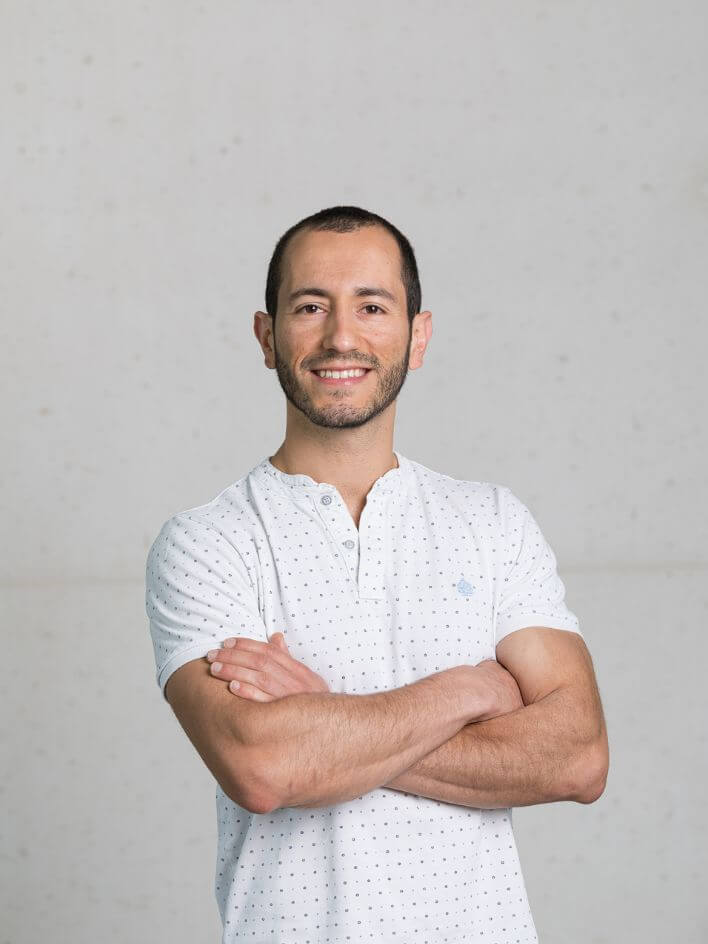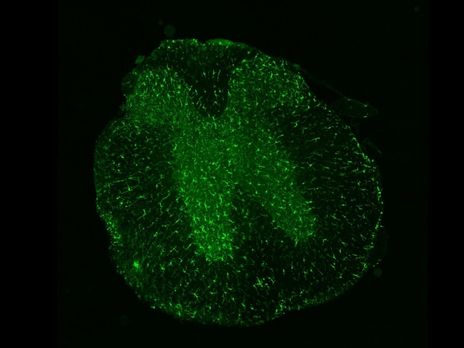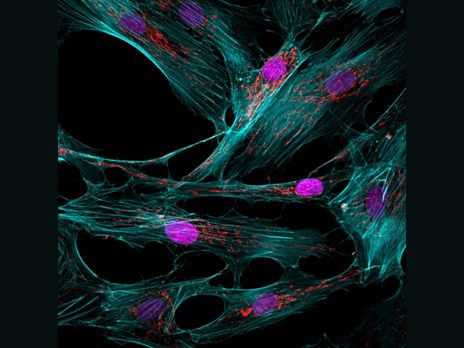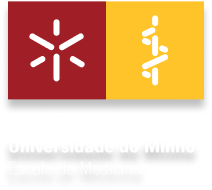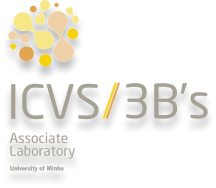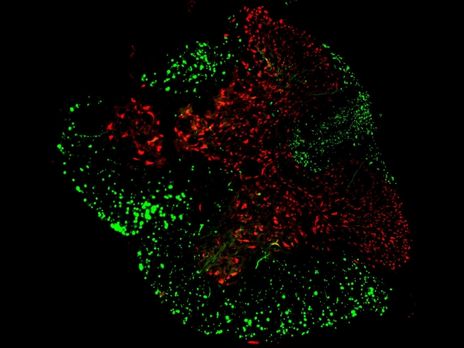
Basic mechanisms of degeneration/regeneration
This project dedicates to fundamental research to understand the molecular mechanisms underlying Parkinson’s Disease (PD) and Spinal Cord Injury (SCI) pathophysiology.
In the context of PD, we focus on addressing how…


